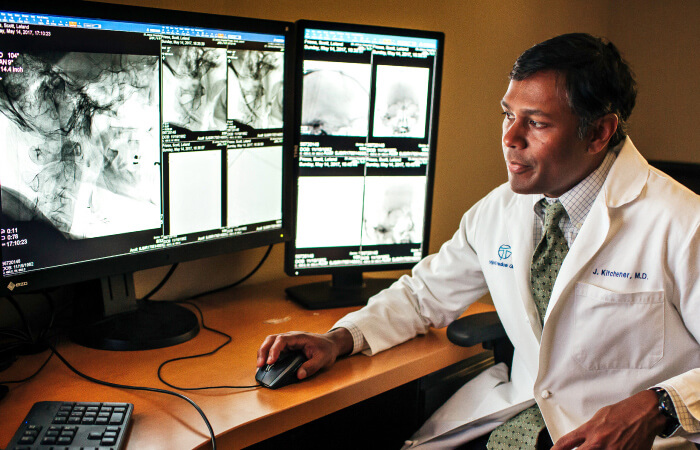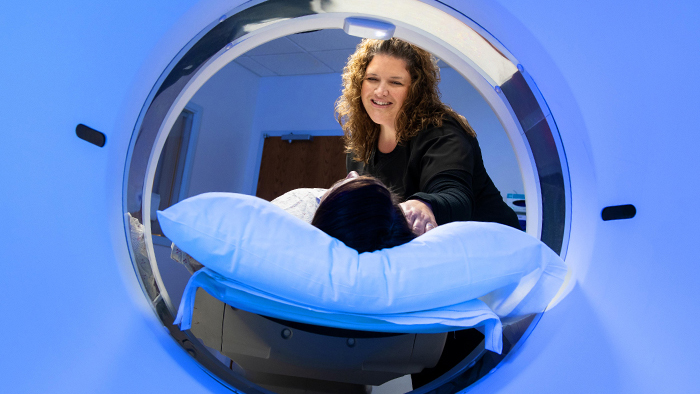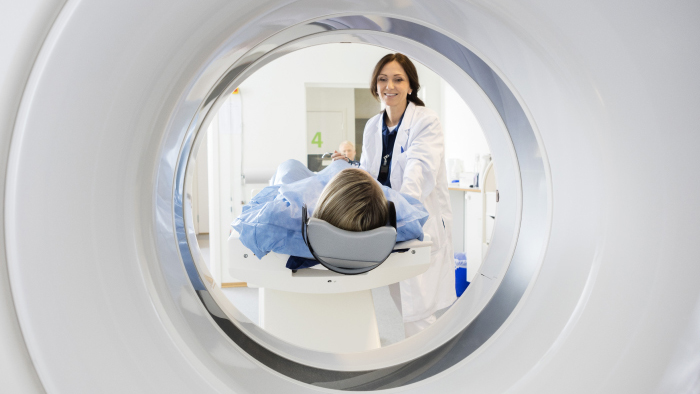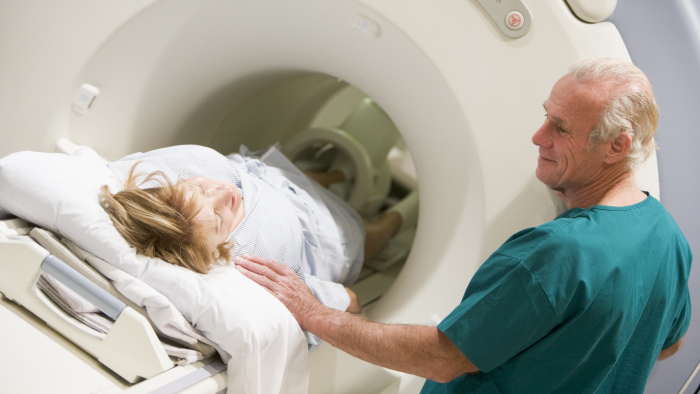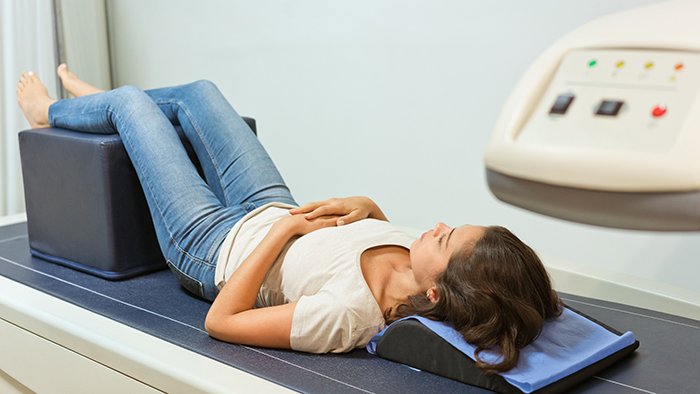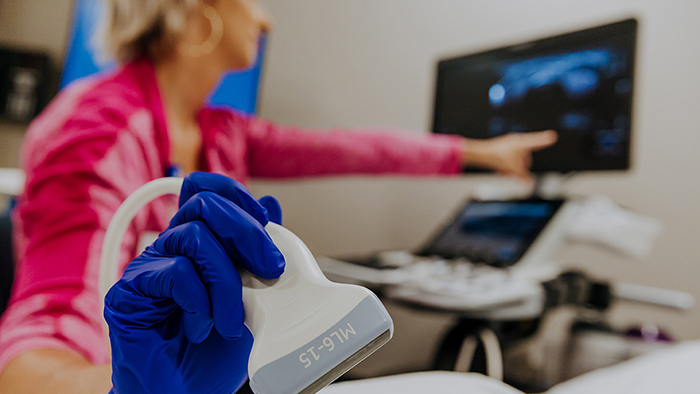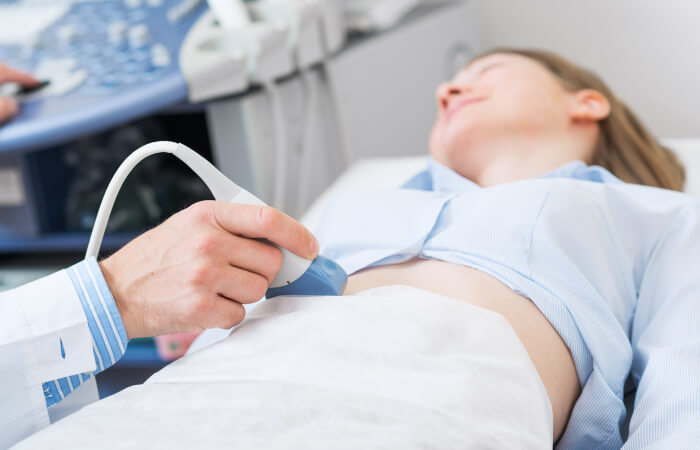Computed Tomography (CT or CAT scan) is a non-invasive procedure that enables medical professionals to obtain accurate diagnostic information on many areas of your body. The CT uses x-rays to produce a cross-sectional image (or slice) of the areas of your body being examined. Our state-of-the-art CT scanners are capable of capturing entire organs in seconds. They provide outstanding image detail for any exam, including cardiac, head, spine, and abdominal and vascular studies.
This technology allows us to image smaller structures with great detail and resolution in even the most challenging applications. CT captured images give your doctor an unprecedented level of detail needed to treat disease and life-threatening illnesses. CT at St. Elizabeth’s Hospital gives:
- Greater diagnostic confidence
- Faster scans
- Optimized radiation doses
- Shorter breath holds for less discomfort
- Non-invasive exams with no recovery time
As a patient:
- If instructed, drink contrast (a liquid that improves the image) 1 1/2 hours before your CT.
- The test may take 10 minutes to 2 hours, depending on whether contrast is used and the part of the body being scanned.
- Arrive on time to check in, you may be asked to change into a hospital gown.
- You may be given contrast through an intravenous (IV) line or by injection.
- You will lie on a table. The table slides into the CT scanner.
- The technologist will ask you to hold your breath for a few seconds during your scan.
- After your test, you can go back to your normal diet and activities right away. Any contrast will pass naturally through your body within a day.
